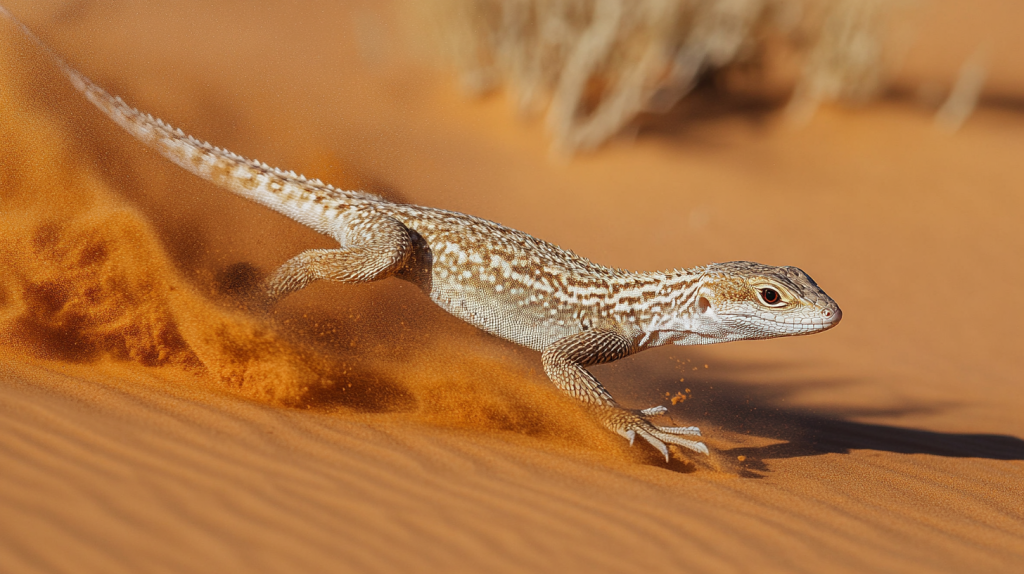The perentie, a remarkable creature native to Australia, holds the title of the continent’s largest lizard. These fascinating reptiles roam the arid regions of central and western Australia, living a life that’s both mysterious and awe-inspiring. With their powerful limbs, long tails, and forked tongues, perenties are truly a sight to behold. Thriving in such as extreme climate, perenties are huge and powerful yet also surprisingly fast, able to reach speeds of up to 25 miles per hour.
Powerful Swimmers

Despite their desert habitat, perenties are surprisingly adept swimmers. Their long, muscular tails act as powerful propellers in the water, allowing them to cross rivers and even venture into coastal areas. This swimming ability gives them access to a wider range of habitats and food sources. It’s not uncommon to see perenties taking a dip to cool off during the hottest parts of the day.
Strong Climbers

Despite their large size, perenties are surprisingly agile climbers. Their strong claws and muscular limbs allow them to scale trees, rocky outcrops, and even vertical surfaces with ease. This climbing ability serves multiple purposes in their daily lives. It helps them escape predators, search for food in tree canopies, and find ideal basking spots to regulate their body temperature. Juvenile perenties are especially adept climbers, often seeking refuge in trees to avoid larger predators, including adult perenties. Their climbing skills, combined with their running speed, make perenties versatile and adaptable predators in their desert environment.
Impressive Lifespan
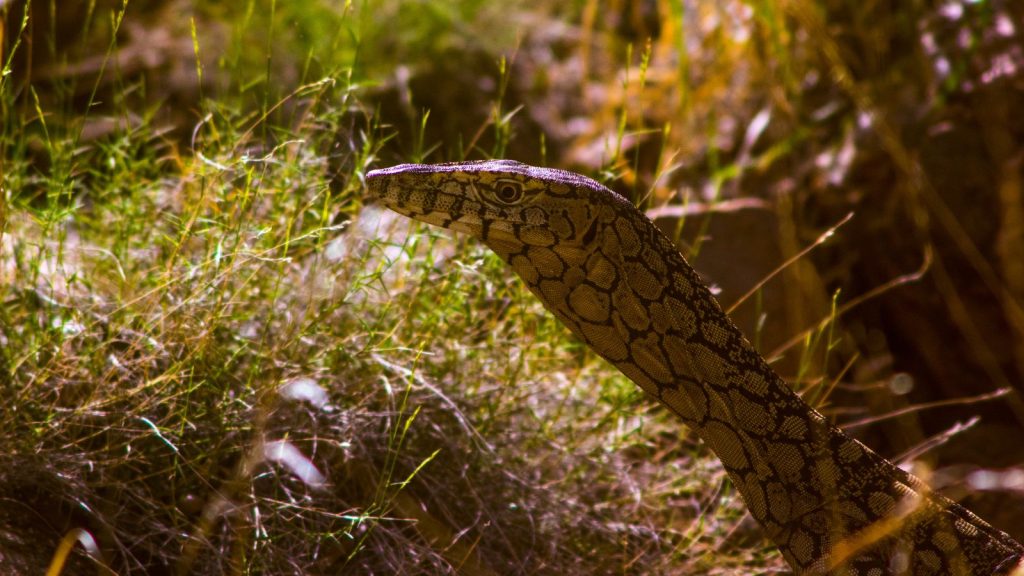
In the wild, perenties can live for an impressively long time. With proper care and nutrition, these lizards have been known to reach ages of 20 to 30 years. Some captive individuals have even lived beyond 40 years. This long lifespan allows them to play a significant role in their ecosystem over many years, contributing to the balance of their desert habitats.
Thermoregulation Experts
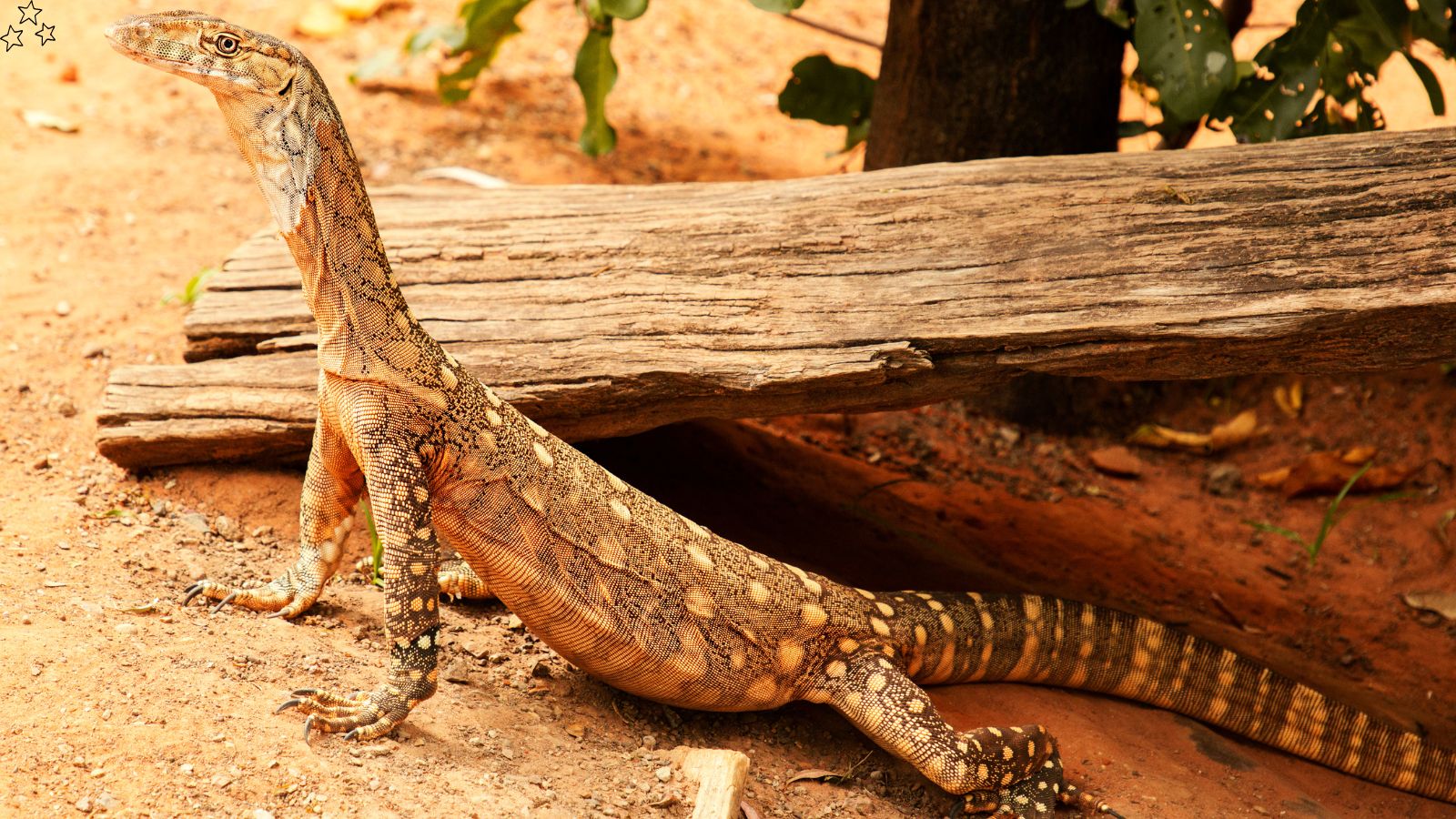
Like all reptiles, perenties are ectothermic, meaning they rely on external sources to regulate their body temperature. However, they’ve developed sophisticated behaviors to maintain optimal temperatures. They bask in the sun to warm up, and during the hottest parts of the day, they may shuttle between sunny and shaded areas to fine-tune their body temperature. At night or during cooler seasons, they may retreat to burrows or rock crevices that retain heat.
Remarkable Healing Abilities
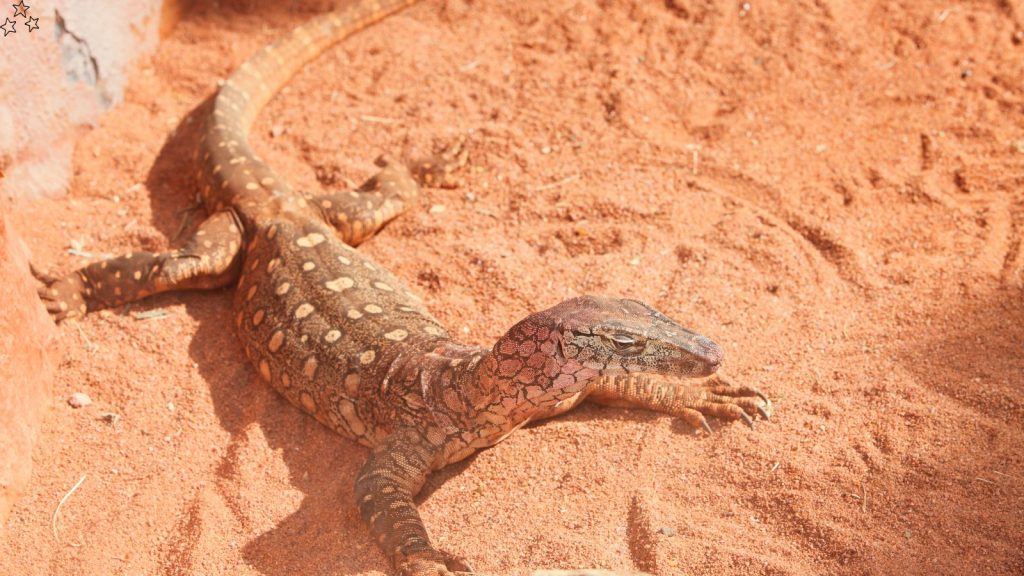
Perenties possess an extraordinary ability to heal from injuries. They can recover from deep cuts and even regrow lost toes or portions of their tails. This regenerative capability is crucial for their survival in the harsh desert environment where injuries from fights or predator encounters are common. The regrown parts may look slightly different from the original, often lacking the same scale pattern or coloration.
Size Matters
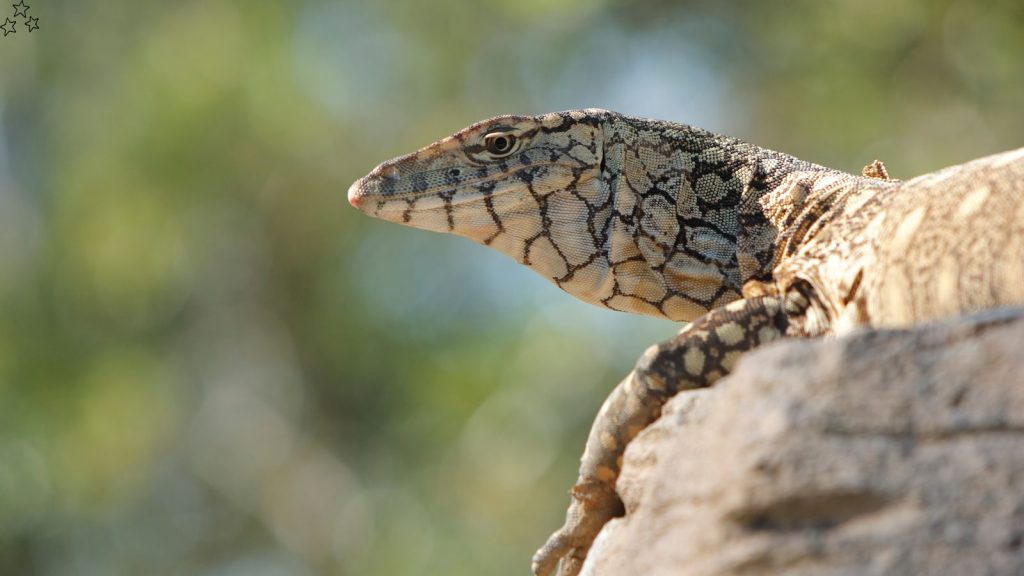
Perenties are the largest lizards in Australia, growing up to 2.5 meters (8.2 feet) in length. That’s longer than most humans are tall! Their hefty build can see them weighing in at around 15 kilograms (33 pounds). Despite their impressive size, they’re actually the fourth largest lizard species in the world, behind the Komodo dragon, Asian water monitor, and crocodile monitor.
Built for Speed

Don’t let their size fool you – perenties are surprisingly quick. These lizards can run at speeds up to 40 kilometers per hour (25 miles per hour), making them one of the fastest lizards on Earth. Their powerful legs and long tails help them maintain balance as they sprint across the desert sands. This speed is crucial for both hunting prey and escaping potential predators.
Venomous Bite
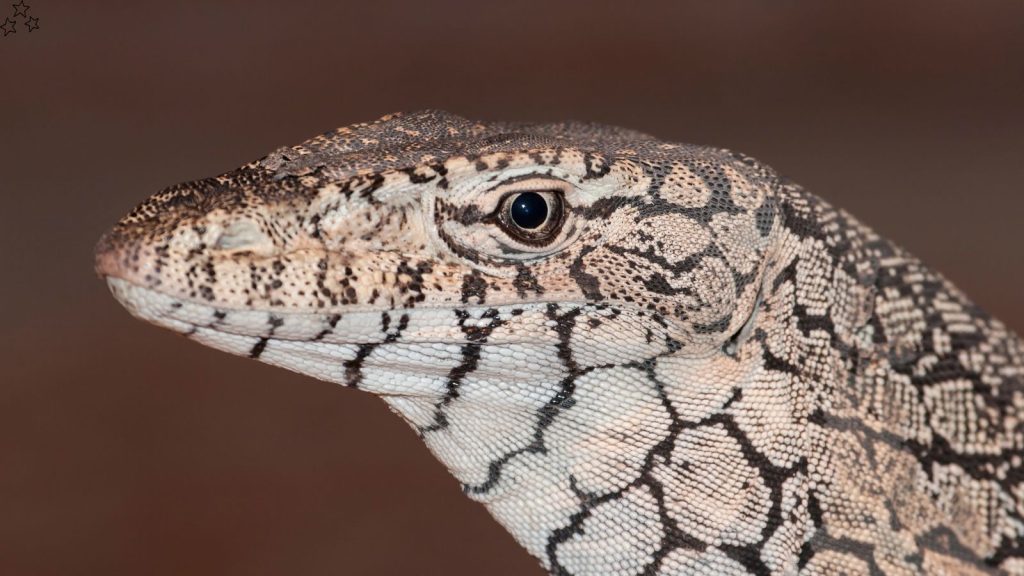
Recent research has shown that perenties, like many other monitor lizards, have a venomous bite. While not lethal to humans, their venom can cause intense pain, swelling, and rapid drop in blood pressure. The venom is delivered through grooves in their teeth rather than through hollow fangs like snakes. This venom aids in subduing prey and potentially in digestion.
Desert Dwellers
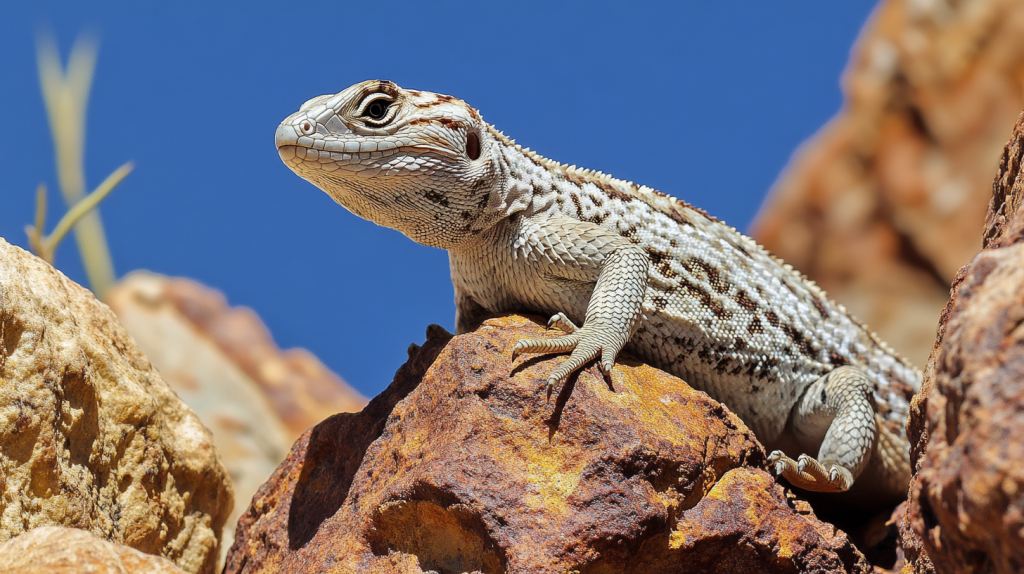
Perenties are well-adapted to life in Australia’s harsh desert environments. They can be found in a variety of arid and semi-arid habitats, including rocky outcrops, dry creek beds, and open woodlands. These lizards are excellent climbers and often bask on rocks or trees to regulate their body temperature. During extreme heat, they may retreat to burrows or rock crevices to stay cool.
Opportunistic Eaters

With a diet that includes almost anything they can overpower, perenties are true opportunistic predators. They’ll hunt rabbits, birds, other reptiles, and even smaller perenties. Their powerful jaws and sharp teeth make short work of their prey. Interestingly, they’ve been known to eat animals as large as small kangaroos and goats, showcasing their impressive hunting abilities.
Forked Tongue Sensors

Like other monitor lizards, perenties have long, forked tongues that they flick in and out of their mouths. This isn’t just for show – it’s a crucial part of how they sense their environment. The tongue picks up scent particles from the air and ground, which are then analyzed by the Jacobson’s organ in the roof of their mouth. This helps them locate prey, detect predators, and even find potential mates.
Egg-cellent Parents

Female perenties lay their eggs in termite mounds, taking advantage of the constant temperature and humidity these structures provide. They typically lay between 11 to 13 eggs per clutch. Unlike some reptiles, perenties show a degree of parental care. The mother will often guard the nest site for several weeks after laying, protecting her future offspring from potential predators.
Ancient Lineage
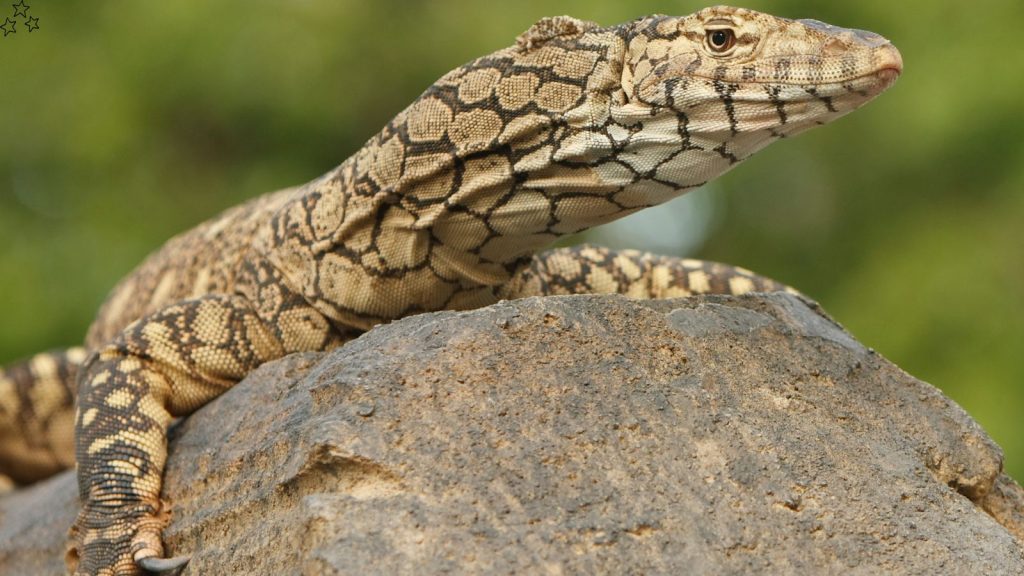
Perenties belong to the genus Varanus, which has a long evolutionary history dating back over 40 million years. This ancient lineage has allowed monitor lizards to evolve a wide range of adaptations, making them some of the most successful reptiles on the planet. The perentie’s large size and predatory nature make it an important part of Australia’s ecosystem, helping to control populations of smaller animals.
Unique Camouflage Pattern
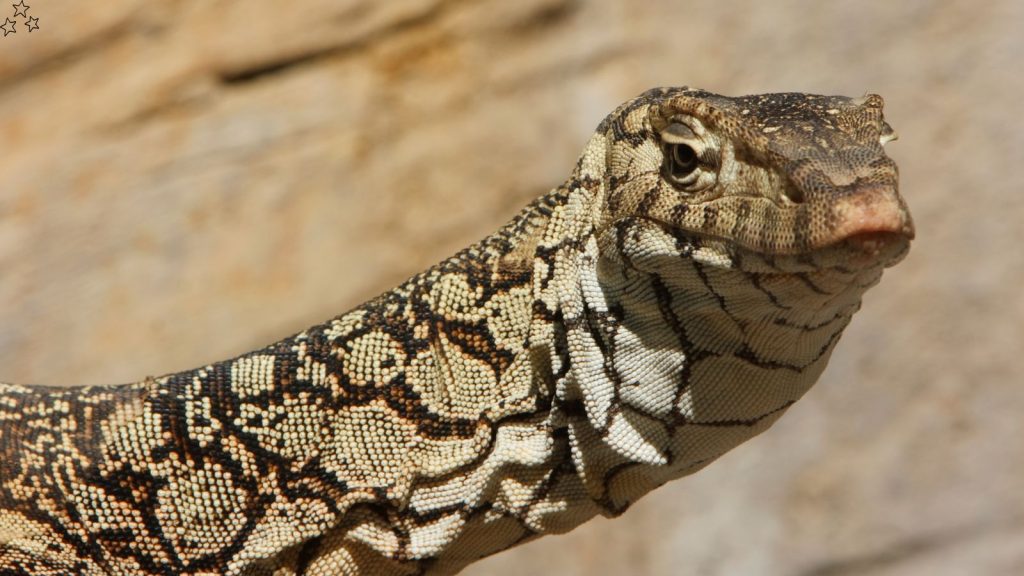
Perenties have a distinctive coloration that sets them apart from other monitor lizards. Their skin is covered in a complex pattern of cream or yellow spots and bands on a dark background, which can range from brown to almost black. This intricate pattern serves as excellent camouflage in their desert habitat, helping them blend in with the mottled shadows of rocks and vegetation. The pattern varies between individuals, with some perenties having more pronounced bands and others showing a more speckled appearance.
Impressive Sensory Abilities
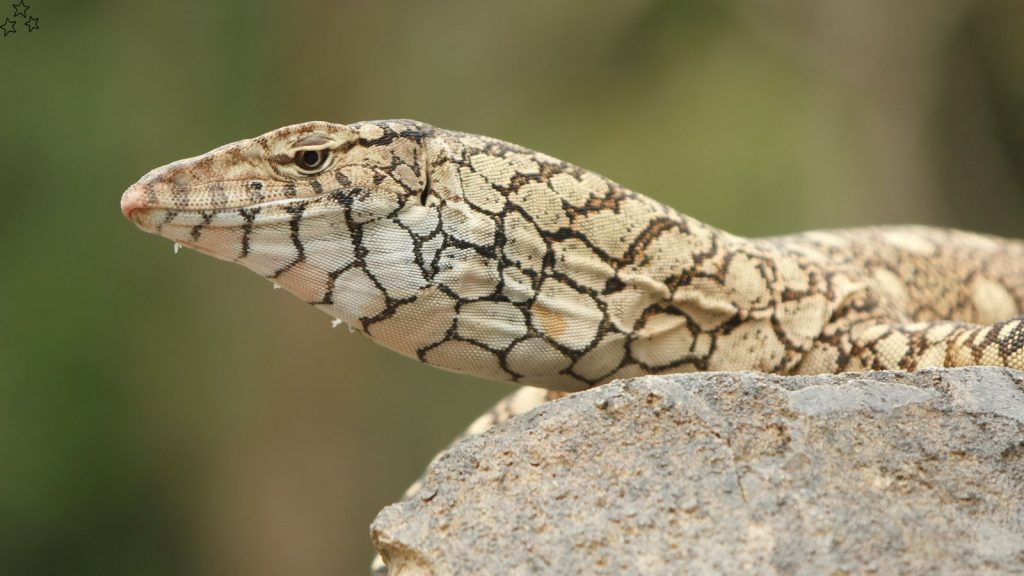
Perenties possess an array of sensory adaptations that make them formidable predators. Their eyesight is particularly keen, allowing them to spot potential prey or threats from a considerable distance. They also have an excellent sense of hearing, which helps them detect the movements of prey animals. Perhaps most impressively, perenties can detect minute vibrations through the ground using sensory organs in their feet and belly. This ability, combined with their scent-sensing forked tongue, makes them incredibly adept at locating prey, even when it’s hidden underground or in dense vegetation.

